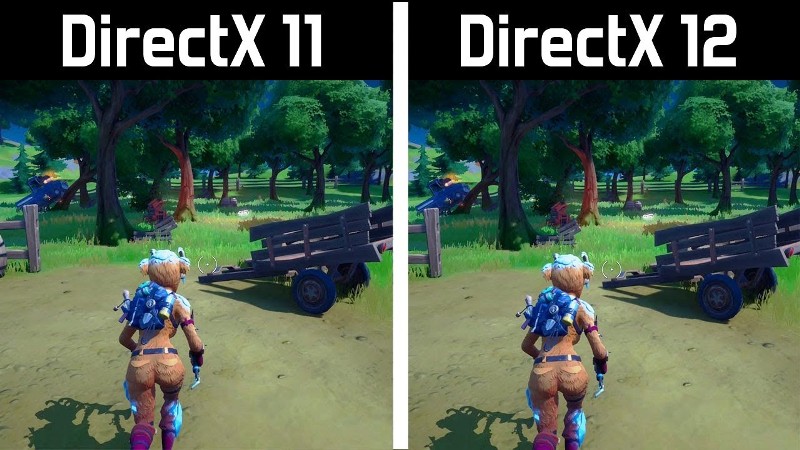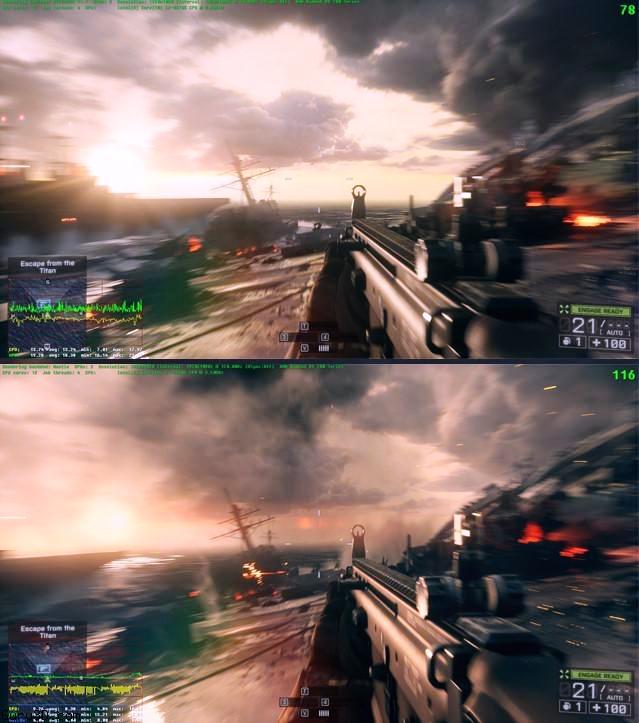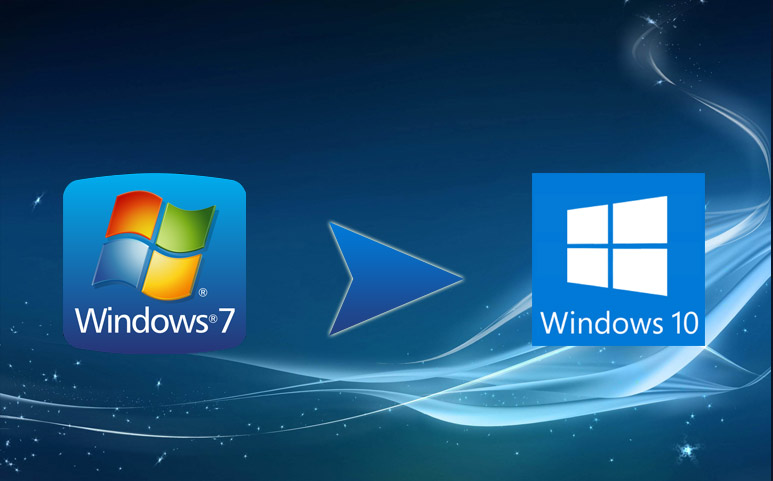Microsoft created the DirectX family of multimedia application programming interfaces (APIs). Its main job is to manage video and game programming tasks for Microsoft platforms. The gaming industry’s two most popular APIs, DirectX 11 vs 12, each offer distinctive features and capabilities. To help you decide which API is best for your gaming needs, we’ll compare DirectX 11 vs 12 in-depth, highlighting the key differences between them and comparing their performance, compatibility, and feature sets. So let’s check out everything about the DirectX 11 vs 12 articles.
Brief History of DirectX
- DirectX 11: DirectX 11, which was released in 2009, brought about a number of significant developments in graphics technology, including tessellation, multithreaded rendering, and compute shaders.
- DirectX 12: DirectX 12 was introduced in 2015 with the goal of enhancing performance and effectiveness, with a primary emphasis on lowering CPU overhead and more effectively utilising multi-core processors. Now let’s get to know more about these DirectX 11 vs 12 guides.
Compatibility – DirectX 11 vs 12
- DirectX 11: Supports Windows 10 as well as Windows Vista, Windows 7, Windows 8 and 8.1.
- DirectX 12: Exclusive to Windows 10 and later versions of the Xbox One.
Performance – DirectX 11 vs 12
3.1 CPU Utilization
- DirectX 11: Limited multi-core CPU usage, which could lead to bottlenecks.
- DirectX 12: Enhances performance by enabling more effective multi-core CPU utilisation, which helps to remove bottlenecks.
3.2 GPU Utilization
- DirectX 11: Using GPU resources less effectively can result in lower frame rates and lower graphic fidelity.
- DirectX 12: Increased frame rates and improved visual quality thanks to better GPU resource management.
Feature Set – DirectX 11 vs 12
4.1 Graphics
- DirectX 11: Tessellation, DirectCompute, and hardware-accelerated 2D graphics are important features.
- DirectX 12: Includes extra features like more flexible pipeline states, asynchronous shaders, and conservative rasterization.
4.2 Audio
- DirectX 11: Uses XAudio2 to process audio and XACT to create audio.
- DirectX 12: Uses XAudio2 and XACT in the same way it always has while adding support for Windows Sonic and Dolby Atmos for better spatial audio.
4.3 Input
- DirectX 11: Supports DirectInput for keyboards, mice, and other input devices, as well as XInput for game controllers.
- DirectX 12: Adds support for Windows while maintaining support for XInput and DirectInput. Gaming. Universal Windows Platform (UWP) app input namespace.
Developer Support – DirectX 11 vs 12
- DirectX 11: Rich in tutorials and community support, well-documented.
- DirectX 12: Greater control and flexibility are available, but it is more complicated and demands that programmers have a deeper understanding of hardware and programming concepts.
Adoption Rate – DirectX 11 vs 12
- DirectX 11: Widely used, with many hardware and games already in existence supporting the API.
- DirectX 12: Even though the API is becoming more widely used, DirectX 11 is still more widely supported by hardware and games.
Conclusion
While DirectX 12 boasts improved performance and cutting-edge features, DirectX 11 offers broader compatibility and a well-established feature set. Both DirectX 11 vs 12 have their own distinct advantages. Your unique requirements and priorities will ultimately determine which API you choose. DirectX 11 might be a better option for you if you want to prioritise stability and compatibility or have an older computer. It has a strong track record, broad support, and a robust feature set for both gaming and multimedia applications. So this is all about the DirectX 11 vs 12 article guide.
On the other hand, DirectX 12 might be the best option if you have a contemporary system with strong hardware and you want to maximise performance and visual quality. Richer graphics and better audio experiences are made possible by its advanced features, which more effectively utilise CPU and GPU resources to increase frame rates and overall performance. Hope you like this DirectX 11 vs 12 from here now.
The decision between DirectX 11 vs 12 for developers is more complex. In contrast to DirectX 11, which offers a comfortable and well-documented environment, DirectX 12 offers more control and flexibility, enabling the creation of more complex and visually stunning games. DirectX 12 has a steeper learning curve, though, and necessitates a deeper comprehension of hardware and programming ideas.
In the end, DirectX 11 vs 12 are likely to continue to influence gaming and multimedia as users and developers weigh the advantages of compatibility and comfort against the possibility of enhanced performance and novel features. We can anticipate seeing more games and applications fully utilising DirectX 12 as its adoption spreads, pushing the limits of what is practical in the gaming and multimedia industries. If you enjoy reading or checking DirectX 11 vs 12 then please do share DirectX 11 vs 12 with others as well also.
Frequently Asked Questions (FAQ) –
- Q: Can my system support both DirectX 11 vs 12?
A: Yes, both DirectX 11 vs 12 can be installed and used on a system running Windows 10. Games and applications can select which version to use based on compatibility and system requirements.
- Q: How can I find out which DirectX version my computer has installed?
A: Press Windows Key + R, enter “dxdiag” in the Run dialogue box, and then click OK to check the DirectX version installed on your Windows computer. The DirectX Diagnostic Tool will launch and the “System” tab will show your DirectX version.
- Q: Will upgrading to DirectX 12 make my current games run faster?
A: Performance will only be enhanced by DirectX 12 if the games you are playing have been created to make use of its features. Since many games are still made with DirectX 11, switching to DirectX 12 won’t improve performance.
- Q: Is DirectX 12 just for video games?
A: Although the primary focus of DirectX 12 is to improve gaming experiences, it can also be useful for other multimedia applications that demand top-notch graphics, audio, or video processing.
- Q: Can an older GPU run DirectX 12?
A: Your GPU must be able to support DirectX 12. Many current GPUs are DirectX 12 compatible, but some older GPUs might not be. Check your GPU manufacturer’s website or the manual that came with your graphics card to find out if it is DirectX 12 compatible.
- Q: To support DirectX 12, how do I update my GPU drivers?
A: To update your GPU drivers, go to the website of the company that makes your GPU, find the right drivers for your specific graphics card model, and then follow the on-screen directions to download and install the most recent drivers.
- Q: Exist any DirectX alternatives for game development?
A: Yes, there are a number of DirectX alternatives for game development, including Vulkan and OpenGL. Because these APIs are platform-agnostic, they can be used with Linux and macOS as well as other operating systems.

















